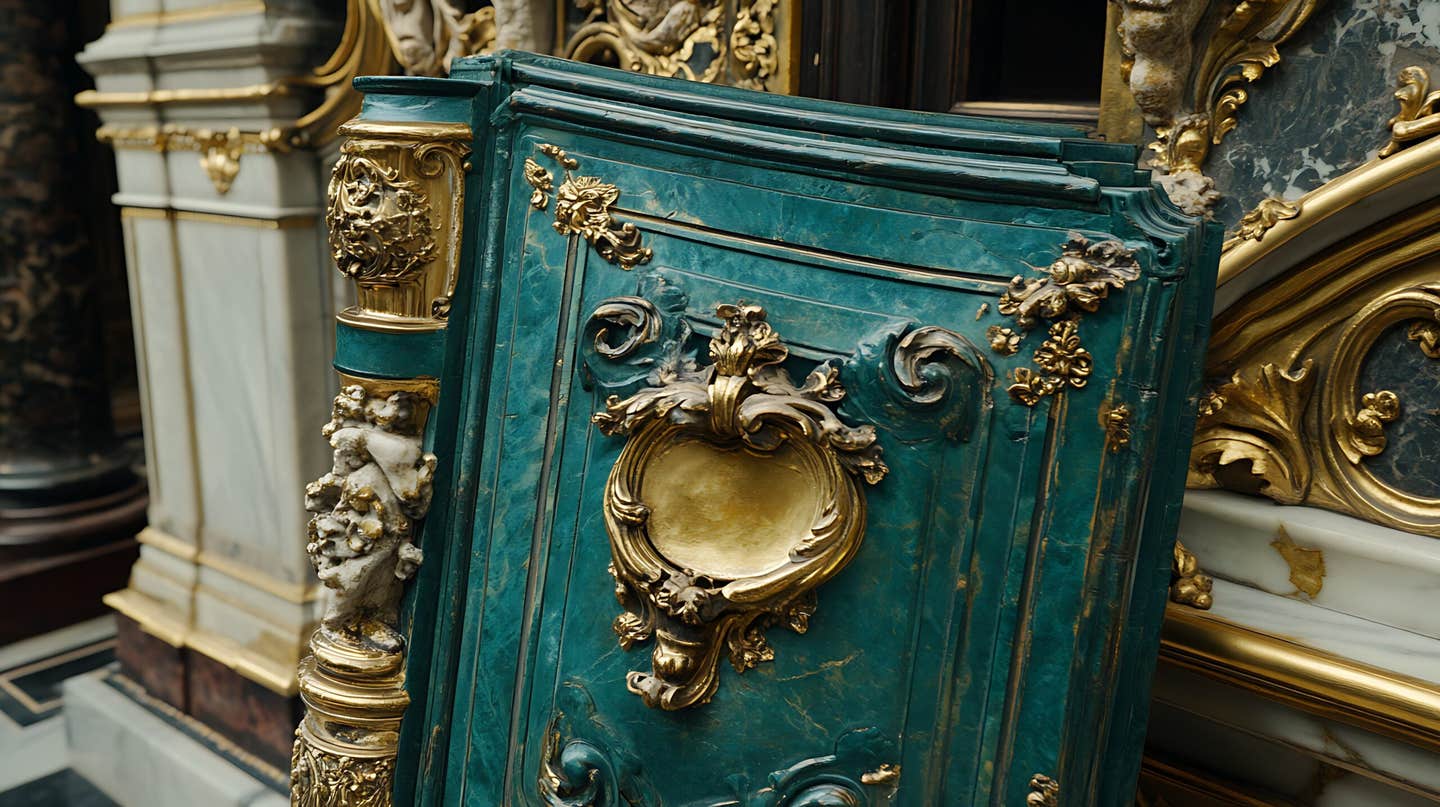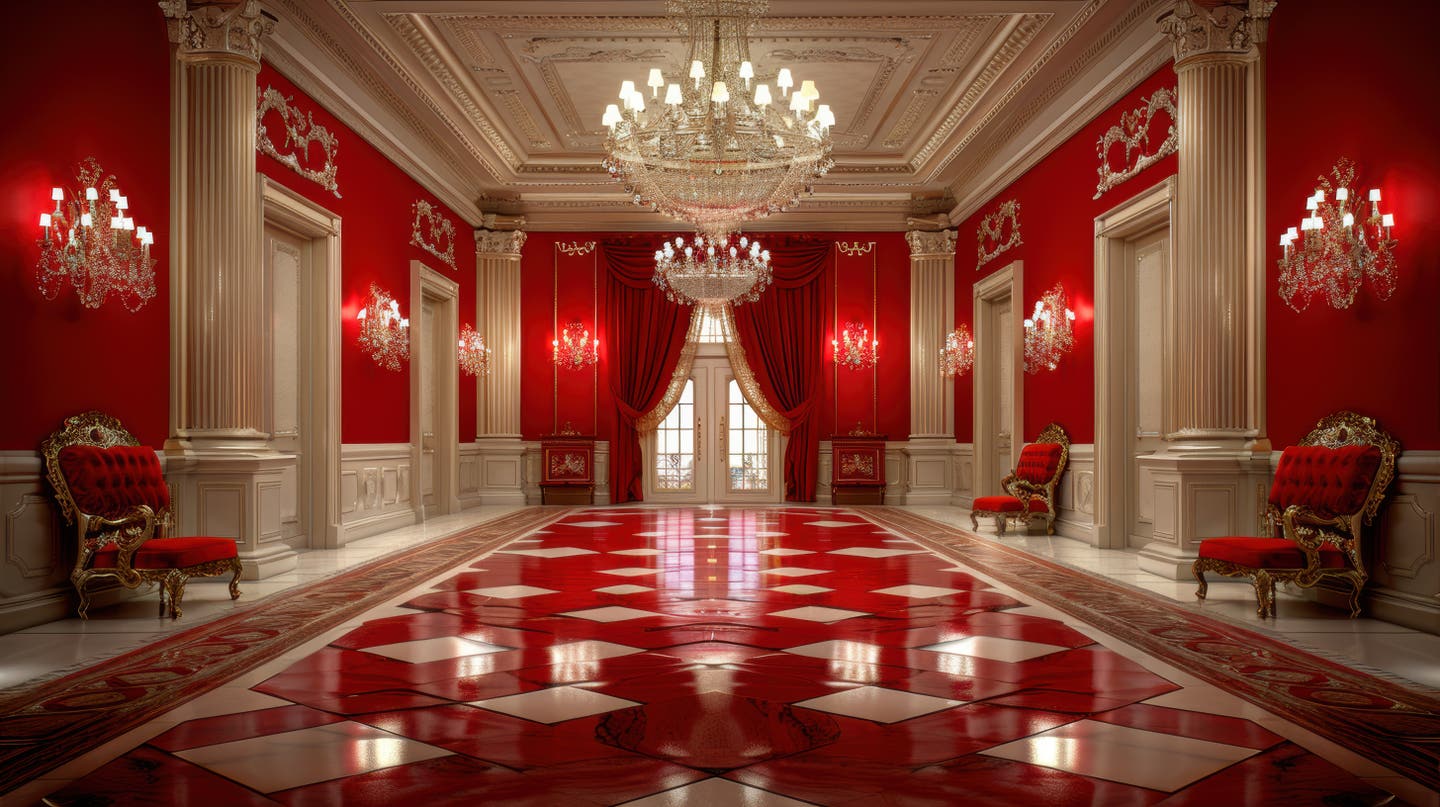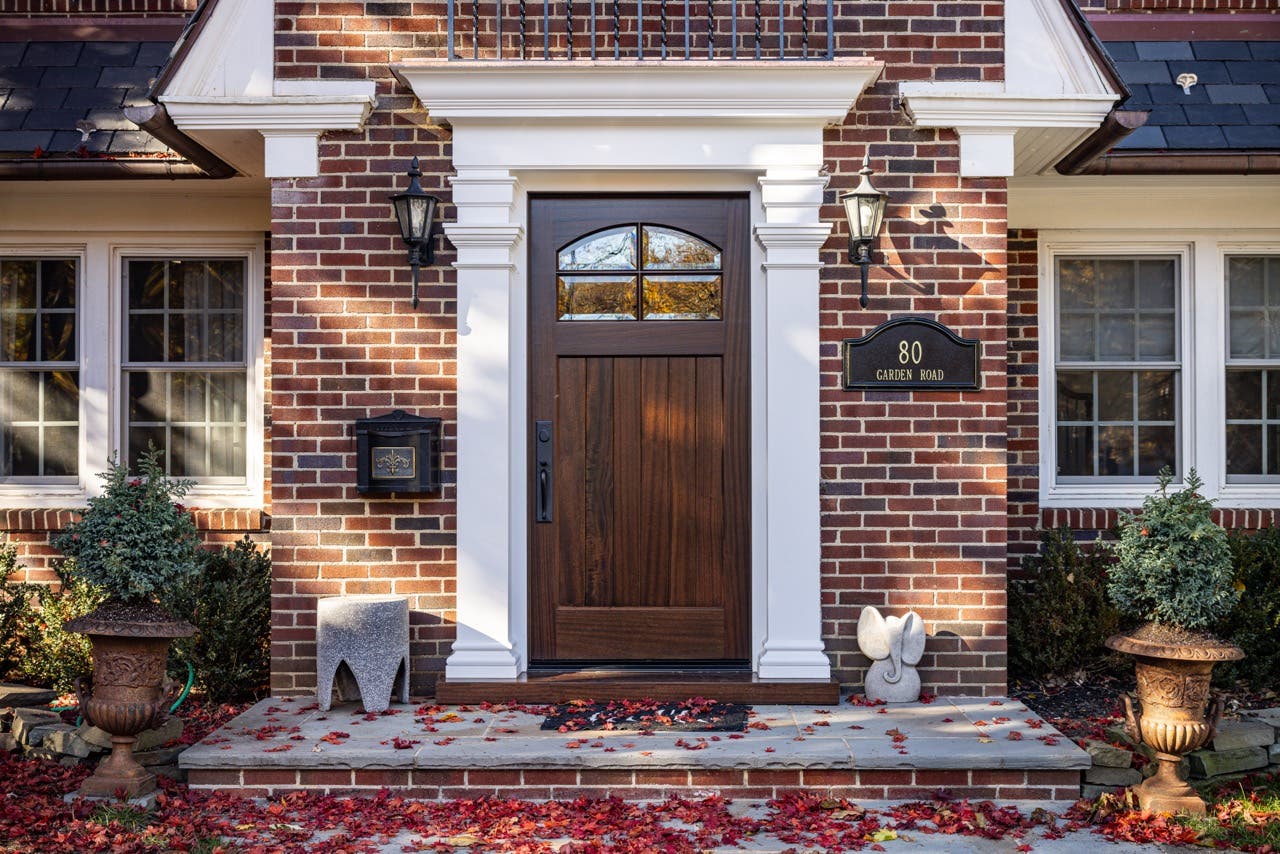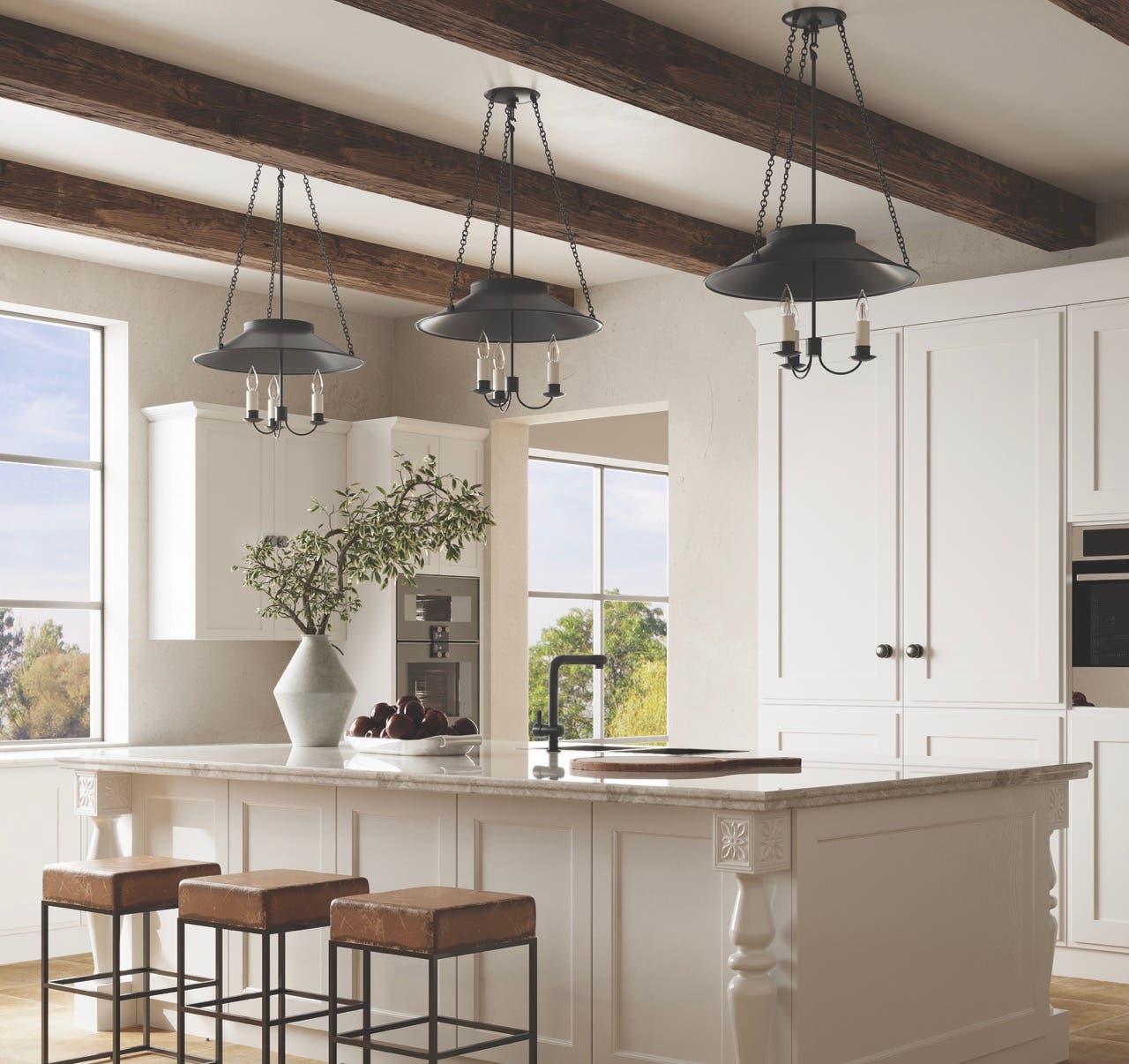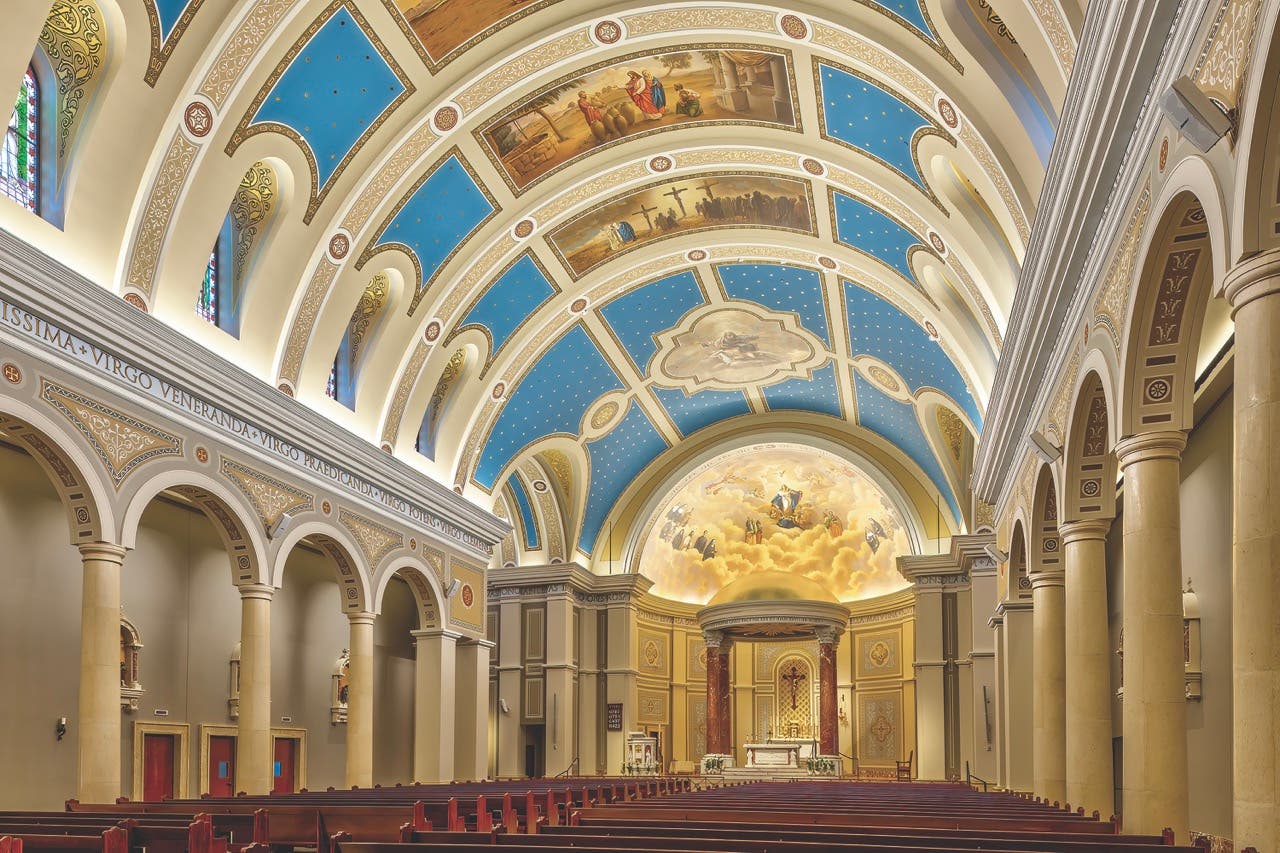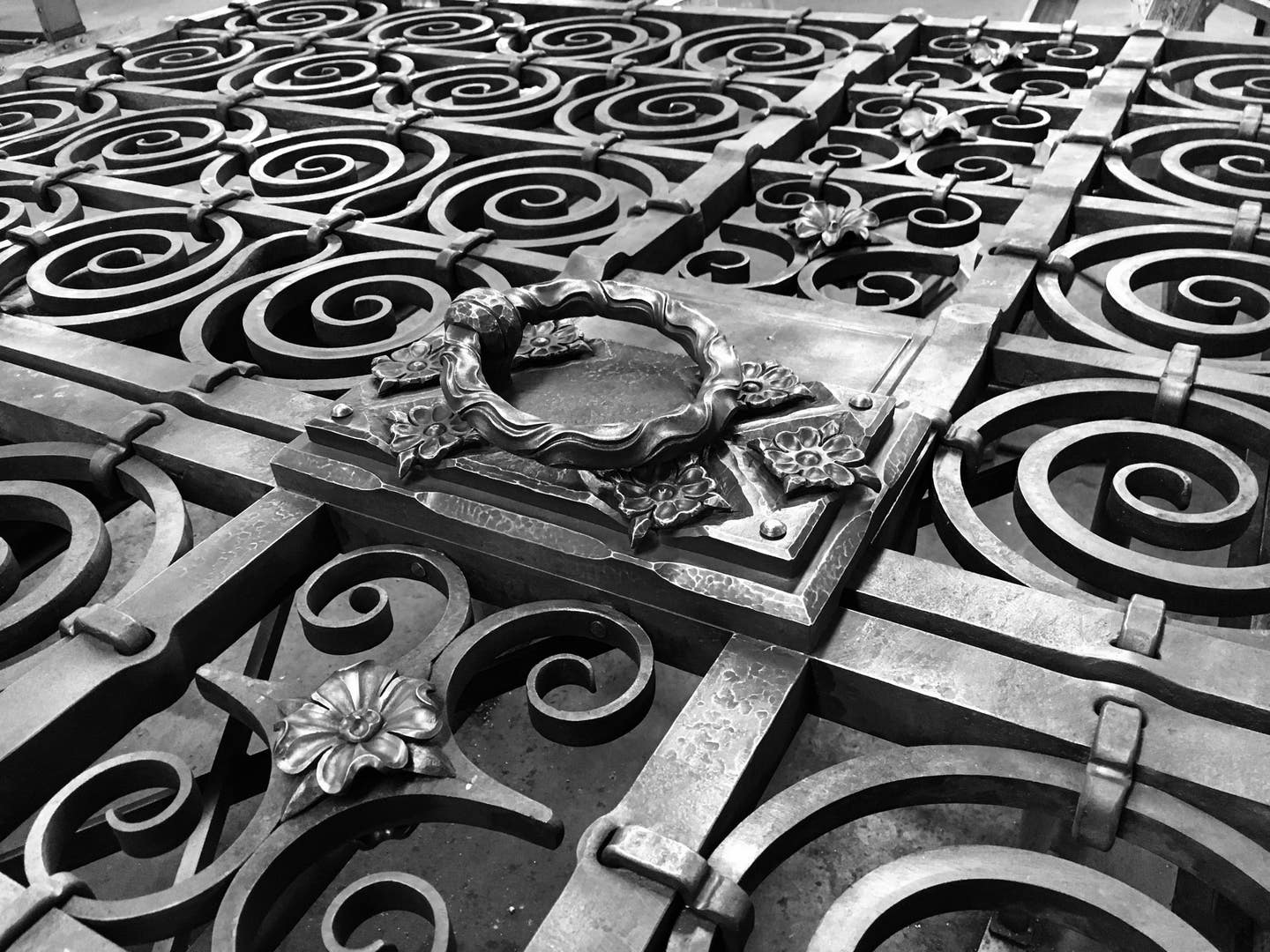
Product Reports
Covax Design: Artistry in Iron
The entrance gates for the two new colleges at Yale University are striking examples of the traditional metalworkers’ art, with ornamental design—historic and new—plus 21st-century functionality all wrought together.
As Zoltan Kovacs of Covax Design in Clifton, New Jersey, recalls, the gates’ pre-history dates back years before any actual forging. “While I was working for a French company, Les Metalliers Champenois, I was involved as a consultant to Robert A.M. Stern Architects (RAMSA), the architects of the new Pauli Murray and Benjamin Franklin colleges. We studied the existing gates at Yale, looking very closely at the materials and the style applied to each gate.” Based on these studies and sketches, Kovacs’ company fine-tuned the design supplied by the architects, as well as devised automation (openers, etc.), proposed locking systems, and other access equipment for all the gates.
The gates and the colleges themselves were put on hold until after 2013 when the drawings went public for bidding. “Many, many talented artists and blacksmiths from the US and I believe Europe bid on the project. But you know, even if you have a detailed architectural drawing, the same metalwork can be priced from $10,000 to $100,000, depending upon how you execute the work.” Ultimately, Covax was awarded the commission for the design and fabrication of the four largest and most ornate gates—including the entrances to Pauli Murray and Benjamin Franklin colleges—as well as the design of five smaller gates on less prominent facades executed by another company.
Kovacs, who is a metallurgical engineer by training, speculates that the added value his company brought to the work may have clinched the project. “Basically, these gates were fabricated by three Hungarians—Szabolcs Nemeth, Gabor Szombathy, and myself—who are all Eastern European-trained artist/blacksmiths, and from a school of knowledge very similar to Samuel Yellin’s.” The work of Samuel Yellin, the legendary early 20th-century master blacksmith and metalwork designer, is hard to miss in light fixtures and gates throughout the historic Yale campus. Though Yellin’s shop was in Philadelphia, he learned his craft in Ukraine, and Kovacs suspects that 70 percent of the 240-odd blacksmiths working for Yellin at his peak were Eastern Europeans. “French, English, or German forging is totally different than the way Polish, Czech, Hungarian, or Ukrainian blacksmiths work,” he says. “It’s not just the different styles of design, but the hammer strokes; how they roll a scroll, how they forge; how they assemble elements. It’s recognizable.”
Kovacs adds that their goal was not to copy Yellin, but to put their own “knowledge” into the gates. “Even though he used different styles, and some designs are lighter, they are all recognizable as Yellin gates. If you put Yellin’s original gates and our gates next to each other, there is a very similar feeling in line of design, so I would say Yellin was a huge influence.”
Nonetheless, the gates incorporate many original figural and abstract elements that tie into the University and local symbolism. “The elm leaves, and the white oak leaves, which we’ve stylized, are references to New Haven, which is the Elm City, and the Connecticut state tree. The Mountain Laurel is the Connecticut state flower. On what we called Gate Number Four, the entrance to Pauli Murray College, we used two robins—also the state bird—sitting on a branch. And at the top there is a sperm whale, which is the Connecticut state mammal as well as the nickname of the nearby Saarinen-designed Ingalls Hockey Rink.”
When it came to fabrication, Kovacs says he would have loved to use Monel metal, a corrosion-resistant alloy of nickel and copper much admired in the 1920s. “Yellin did gates in Monel but budget-wise it was not our material of choice.” Traditional wrought iron was in the same category: very expensive and only available as a reclaimed material. “So what we used is a regular mild steel, cold-rolled and hot rolled, but with all elements forged by hand in a traditional manner. There are no off-the-shelf parts in the gates.” They used nuts and bolts but mostly the gates are riveted, which is part of the ornamentation.
Needless to say, the gates are quite large, with dimensions that vary around 4 feet by 7 feet for each gate leaf and heights about 10 feet to the tip of the gate overthrow. Weight was significant. “The gate for Benjamin Franklin College, which is filled with scrollwork, is the heaviest at about 1,600 pounds for one leaf, but it swings and operates very smoothly.” Kovacs says the main, bottom bearings came from another supplier, but the top journals are theirs. “It’s a very simple, traditional, forged bearing to which we added some oil bronze inserts so it will rotate much smoother and last longer.”
Apart from the drawings, materials, and samples, Kovacs says the four gates took about 14 months to build, including painting. “We try to do everything traditionally, everything by hand. Even the welds are hand-forged together.”
Gordon H. Bock is an architectural historian, instructor with the National Preservation Institute, and speaker through www.gordonbock.com.



